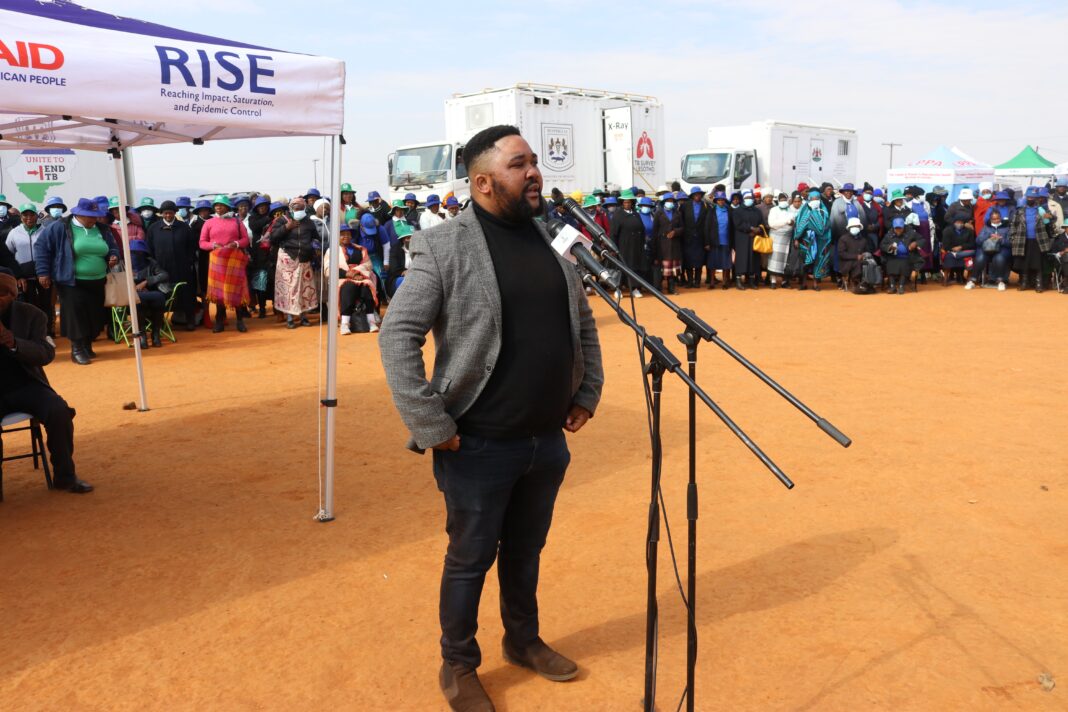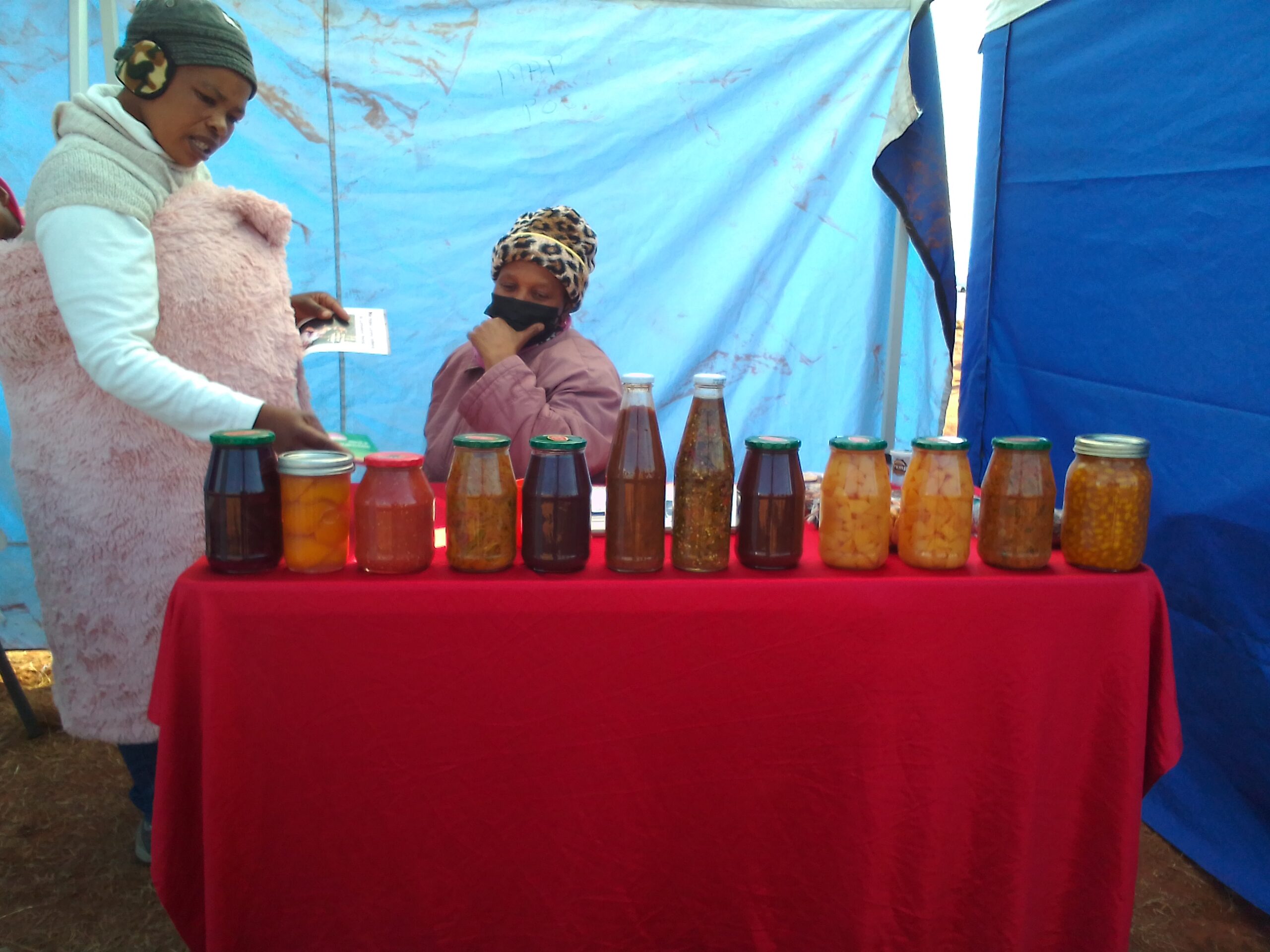Ntsoaki Motaung
The District Medical Officer (DMO) for Leribe Dr Pusetso Topo is worried about the TB and HIV coinfection in the district.
The figures Topo revealed to this publication last week indicate that people in the district who fall ill with TB often also have HIV.
Without treatment, as with other opportunistic infections, HIV and TB can work together to shorten lifespan.
Topo told Newsday that between April and June this year, 193 cases of TB were detected in the districts. Out of these, 97 were also infected with HIV putting the rate of coinfections to around 50 percent.
Between January and March, Topo said, 257 cases of TB were detected and 151 of them also had HIV bringing the coinfection rate to 59 percent.
“For the mere fact that we still record new HIV infections, it means we still have a problem,†he said.
“Our year starts in April and between April and June last year, 4893 tests were run where 337 were positive with the positivity rate of seven percent,†he added.
He said between July and September last year, 4507 tests were done and 344 were found positive translating to eight percent positivity rate.
“Between October and December, 4645 tests were done where 401 were found positive with a nine percent positivity rate. Between January and March, 5363 tests were done and 480 were positive with nine percent positivity rate,†Topo said.
He explained that TB was also a problem in Leribe saying their target was to reduce TB-related deaths to below five percent but indicated that the district was recording deaths ranging between 10 and 14 percent.
He said most of the new infections were found in densely populated parts of the district, Hlotse and Maputsoe.
“Most cases are recorded at the Motebang Hospital, Maputsoe Filter Clinic, as well as Maputsoe SDA Health Centre,†he said.
He said in trying to solve the issue the district was embarking on an intensified health education at all levels.
“We even talk to the owners of the big projects in the districts to inform them how their work can bring impact, especially on health. We are now strengthening the Primary Health care where Village Health Workers are also paid and provided with equipment so that they can work effectively. With village health workers, we will be able to reach many people with education as well as preventive measures,†Topo said.
Dr Molefe Kutumela, EGPAF’s District Technical Advisor working as a partner of the Ministry of Health indicated that the district had over 30,000 people living with HIV of which 96 to 97 percent of them were on treatment.
Kutumela said putting 97 percent of people living with HIV under treatment was a great success because that had resulted in a reduction in the number of people who die from the disease.
He, however, also acknowledged that that the district was faced with a challenged of TB which he said was one of the leading causes of death among people living with HIV.
“In most of our mortalities in people living with HIV, we see that they are also infected with TB. In the period between January and March, 50 percent of the new HIV infections were coinfected with TB,†he said.
He indicated that there were many campaigns for testing TB implemented as interventions to reach everyone including the underserved populations.
According to Lesotho Population-based HIV Impact Assessment 2020 (LePHIA 2020) people living with HIV are at a heightened risk for acquiring other diseases such as cervical cancer among women, TB, and common non-communicable chronic health conditions that can also complicate their clinical care.
The report stated that TB remained the leading cause of death for people living with HIV in Africa.
“HIV infection increases a person’s susceptibility to TB infection and dramatically increases the risk of progression of latent TB to active disease. The Lesotho TB Prevalence Survey estimated a TB prevalence rate of 581 per 100,000 for those 15 years and older in 2019,†read the report.
“TB incidence was estimated in this survey to be 653.6 per 100,000 (95 percent CI: 405.8 – 959.0). A UNAIDS model estimates there were 8,600 (95 percent CI: 5,300-13,000) incident TB cases among people living with HIV in Lesotho in 2019,†it added.

Your Trusted Source for News and Insights in Lesotho!
At Newsday Media, we are passionate about delivering accurate, timely, and engaging news and multimedia content to our diverse audience. Founded with the vision of revolutionizing the media landscape in Lesotho, we have grown into a leading hybrid media company that blends traditional journalism with innovative digital platforms.












